Stay safe while enjoying your favorite foods with these expert-backed safety tips
Why Food Safety Matters More Than Ever
Food recalls have skyrocketed in recent years, making it crucial to understand which foods pose the greatest risks to your health. According to recent Consumer Reports data, nearly 40% of food recalls in 2024 were linked to dangerous bacteria like Listeria, Salmonella, and E. coli. Even more alarming? Hospitalizations and deaths from contaminated foods have nearly doubled.
Understanding the riskiest foods in your kitchen isn’t about creating fear—it’s about making informed choices to protect yourself and your family. Let’s explore the top 10 foods that require extra caution and learn how to enjoy them safely.
The Top 10 Riskiest Foods According to Food Safety Data
1. Deli Meat: The Hidden Danger in Your Sandwich
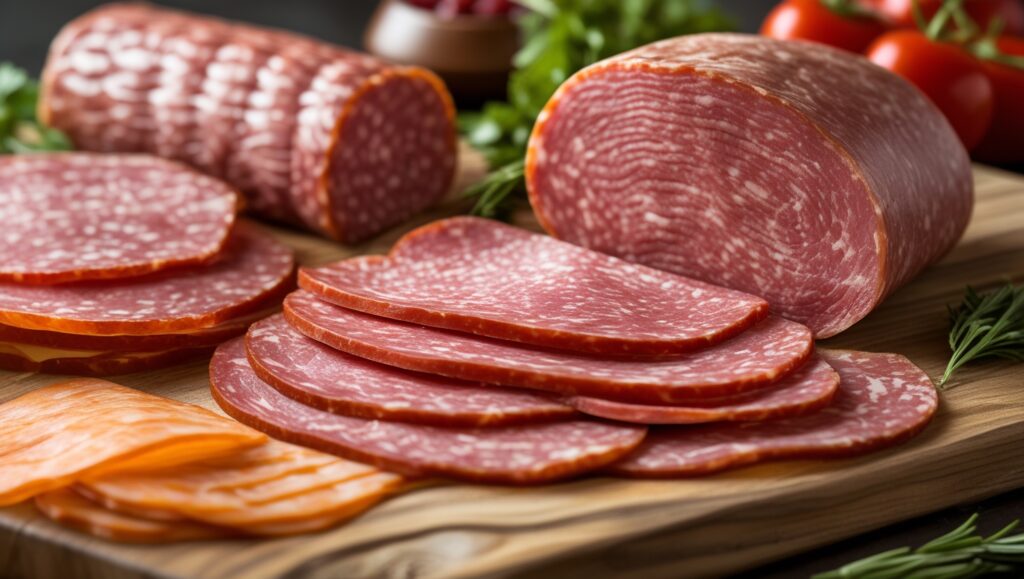
Deli meat tops our list of riskiest foods due to its susceptibility to Listeria contamination. Last summer’s massive recall of 7 million pounds of contaminated deli meat resulted in multiple hospitalizations and deaths.
Why it’s risky: Processing plants and deli equipment create perfect breeding grounds for bacteria.
How to stay safe:
- Microwave deli meat on high for at least 30 seconds before eating
- Pregnant women, immunocompromised individuals, and those under 5 or over 65 should exercise extra caution
- Consider avoiding deli meat altogether if you’re in a high-risk group
2. Cucumbers: When Fresh Isn’t Always Safe
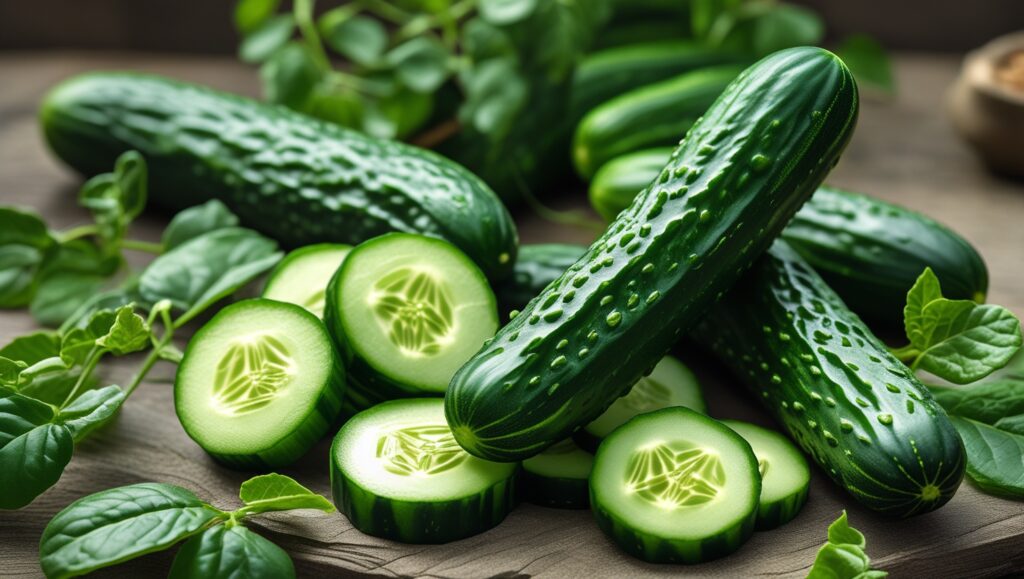
Don’t let their refreshing crunch fool you—cucumbers are among the riskiest foods for Salmonella contamination, primarily from animal waste in soil or irrigation water.
Safety tips:
- Thoroughly wash all cucumbers before consumption
- Select cucumbers with intact, undamaged skin
- Avoid bruised or damaged produce
3. Raw Milk & Raw Milk Cheese: Unpasteurized = Unprotected
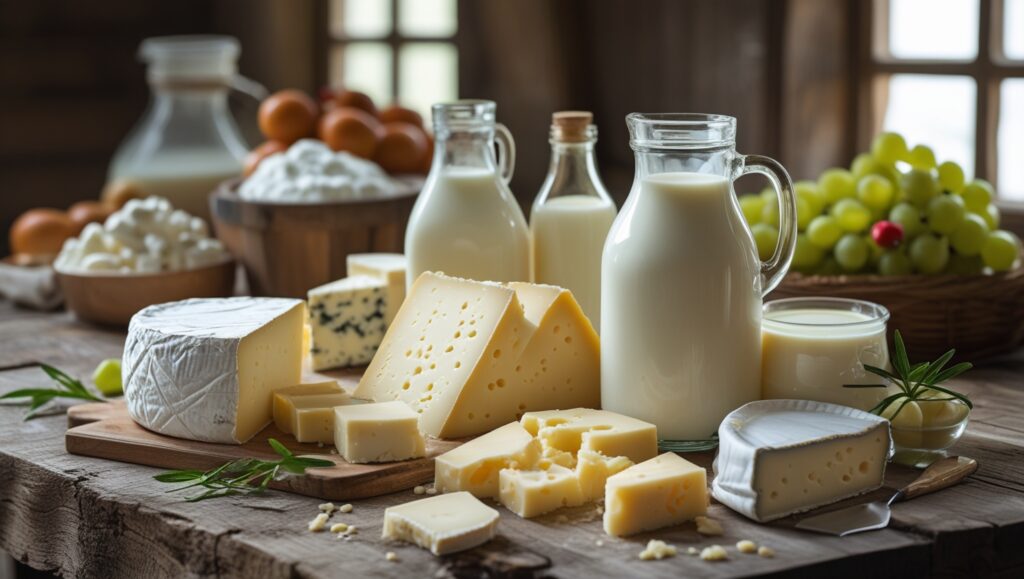
Raw dairy products rank high on the riskiest foods list due to their susceptibility to Salmonella, E. coli, and even bird flu virus contamination.
The safer choice: Always opt for pasteurized dairy products. The pasteurization process (heating to at least 161°F) eliminates harmful bacteria that could make you seriously ill.
4. Cotija & Queso Fresco Cheese: Soft Cheese, Big Risk

These beloved soft cheeses are among the riskiest foods due to their high water content, which creates ideal conditions for Listeria growth.
Prevention strategy: Cook soft cheeses thoroughly before consumption to eliminate bacterial risks.
5. Eggs: A Breakfast Staple with Hidden Dangers
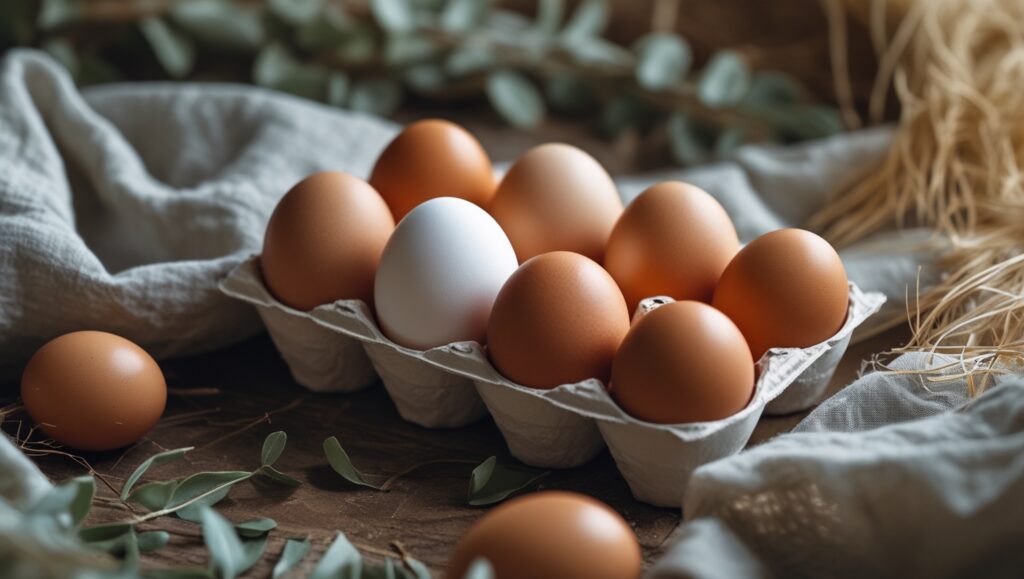
Eggs remain one of the riskiest foods for Salmonella contamination, and there’s no way to identify contaminated eggs by appearance alone.
Safe handling practices:
- Wash hands and workspace thoroughly after handling raw eggs
- Cook eggs completely until both yolk and white are firm
- Use pasteurized eggs for recipes requiring raw or undercooked eggs
6. Onions: When Flavor Comes with Risk
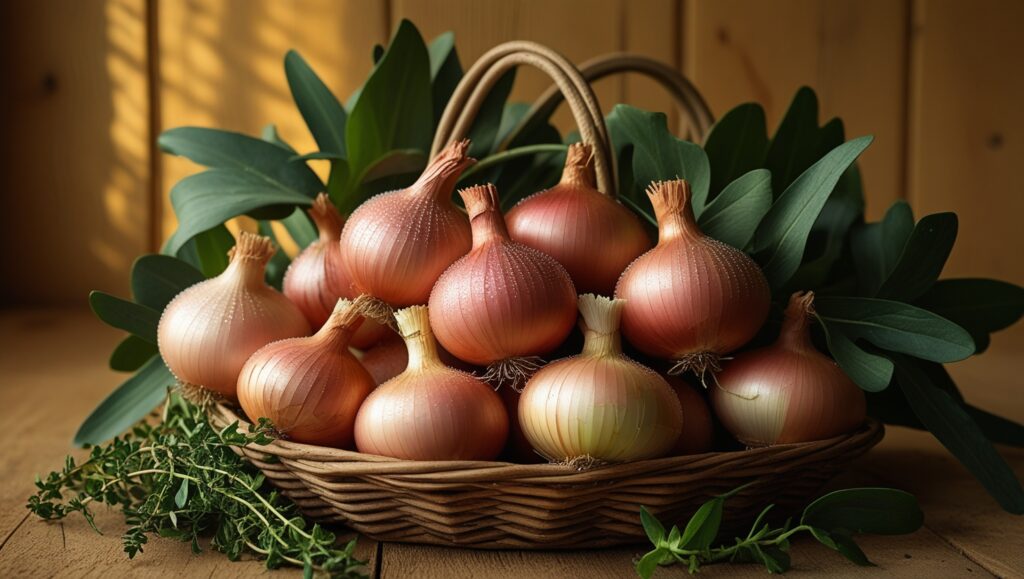
Recent E. coli outbreaks, including the McDonald’s incident affecting 13 states, have placed onions among the riskiest foods to consume raw.
Risk reduction methods:
- Remove and discard the first few outer layers
- Cook onions thoroughly when possible
- Be aware that contamination often comes from soil or irrigation water
Related: 9 Powerful Health Benefits of Onions You Should Know
7. Leafy Greens: Healthy but Hazardous
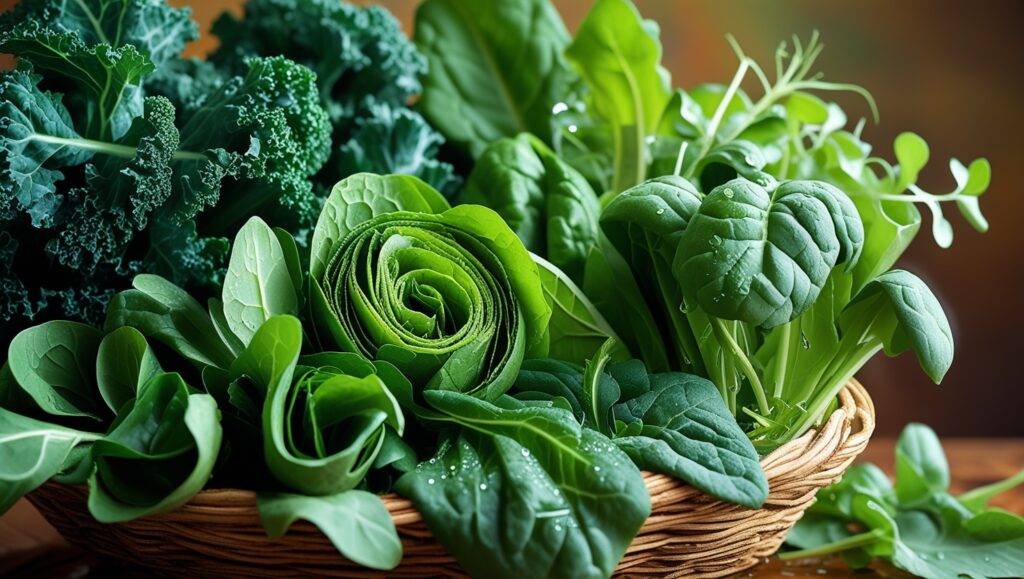
Leafy greens are paradoxically among the riskiest foods despite their nutritional benefits, with frequent E. coli and Listeria outbreaks linked to contaminated growing conditions.
Safer consumption tips:
- Wash greens thoroughly under running water
- Remove outer leaves before preparation
- Consider hydroponic lettuce grown in controlled greenhouse environments
8. Organic Carrots: When “Natural” Isn’t Necessarily Safer
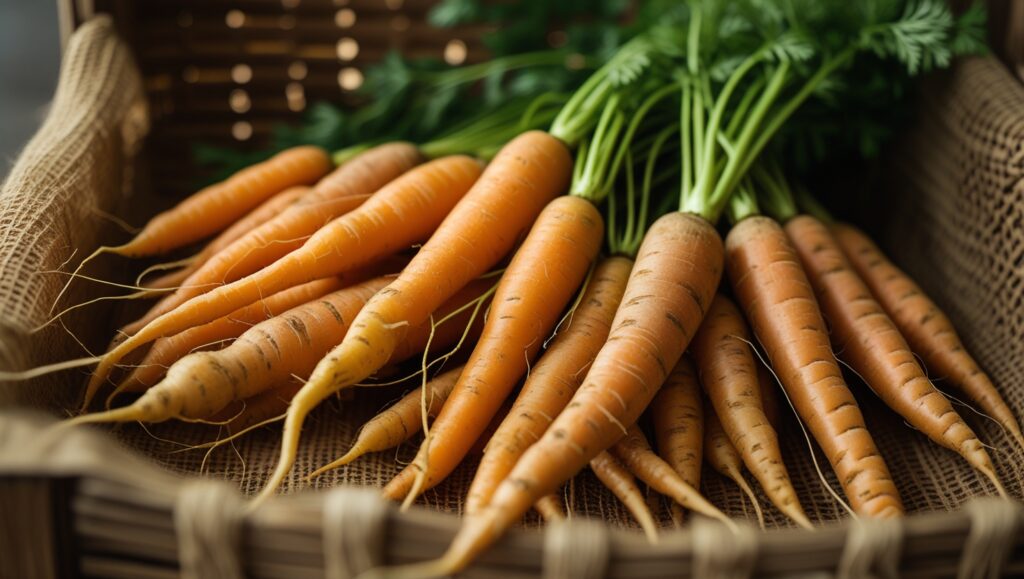
Even organic produce can be among the riskiest foods, as demonstrated by the 19-state E. coli outbreak linked to organic carrots.
Protection strategies:
- Wash and peel all carrots before consumption
- Cook carrots thoroughly when possible
- Remember that contamination can occur in fields or processing facilities
9. Fresh Basil: Herbs with Hidden Hazards
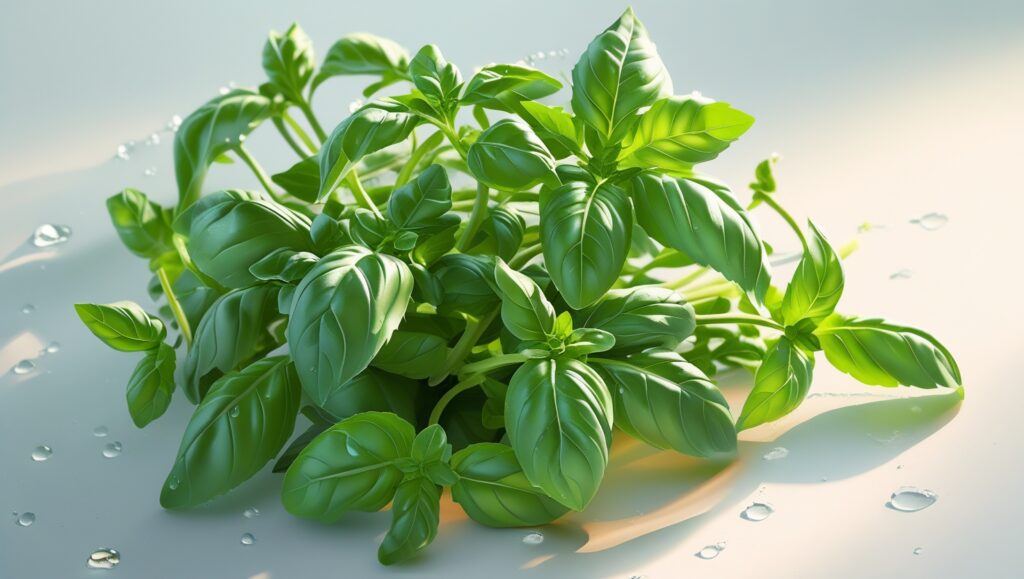
Fresh herbs like basil have earned a spot among the riskiest foods due to Salmonella contamination risks, particularly dangerous since herbs are often consumed raw.
Safe herb handling:
- Rinse fresh herbs thoroughly under running water
- Consider cooking herbs when possible
- Store properly to prevent bacterial growth
10. Pre-Cooked Poultry & Meat: Already Cooked Doesn’t Mean Safe
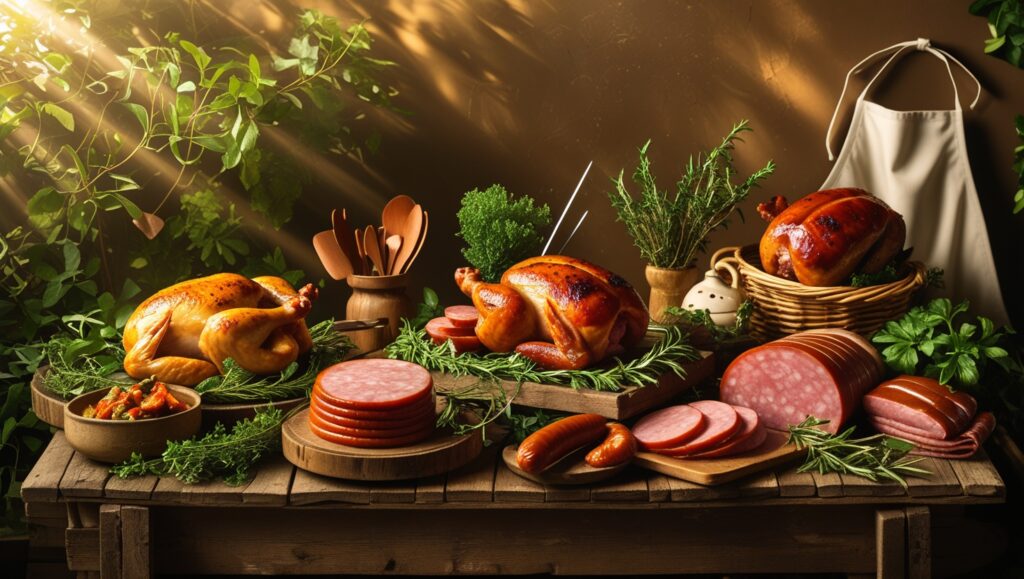
Surprisingly, pre-cooked meats are among the riskiest foods, with nearly 12 million pounds recalled due to Listeria contamination in ready-to-eat products.
Safety protocols:
- Reheat pre-cooked meats to 165°F using an instant-read thermometer
- Keep premade salads with cooked chicken refrigerated until consumption
- Don’t assume “ready-to-eat” means risk-free
Who Should Be Extra Cautious with Risky Foods?
Certain populations face elevated risks when consuming the riskiest foods:
- Pregnant women
- Adults over 65
- Children under 5
- Immunocompromised individuals
If you fall into any of these categories, consider avoiding the highest-risk items or taking extra precautions when preparing them.
Essential Food Safety Tips for Handling Risky Foods
Temperature Control
- Cook foods to proper internal temperatures
- Use a reliable food thermometer
- Keep cold foods cold (below 40°F)
Proper Washing Techniques
- Rinse all produce under running water
- Clean preparation surfaces between different foods
- Wash hands frequently during food preparation
Storage Best Practices
- Refrigerate perishables promptly
- Follow “use by” dates strictly
- Store raw and cooked foods separately
Staying Informed: The Key to Food Safety
One of the most important steps in avoiding the riskiest foods during contamination events is staying informed about current recalls. Regularly check:
- FDA recall announcements
- CDC outbreak investigations
- Local health department advisories
FAQs About Risky Foods
Are organic foods safer than conventional foods?
Not necessarily. As shown with organic carrots, contamination can occur regardless of growing methods.
Can I make risky foods completely safe?
While you can significantly reduce risks through proper handling and cooking, some risk always remains with certain foods.
How quickly do symptoms appear after eating contaminated food?
Symptoms can appear anywhere from hours to several days after consumption, depending on the type of contamination.
Should I avoid all the riskiest foods completely?
Most people can safely consume these foods with proper precautions. High-risk individuals should consult healthcare providers for personalized advice.
The Bottom Line: Enjoy Food Safely
While this list of riskiest foods might seem intimidating, remember that proper handling and preparation can significantly reduce your risk of foodborne illness. You don’t need to eliminate these foods entirely—just approach them with knowledge and caution.
By following proper food safety protocols, staying informed about recalls, and taking extra precautions with high-risk foods, you can continue enjoying a diverse, delicious diet while protecting your health.
Remember: when in doubt, cook it thoroughly, wash it well, or choose a safer alternative. Your health is worth the extra effort.
Stay updated on the latest food safety news and recalls by bookmarking CDC and FDA recall pages. Your vigilance today prevents illness tomorrow.


1 thought on “The 10 Riskiest Foods to Eat Right Now: A Complete Food Safety Guide for 2025”